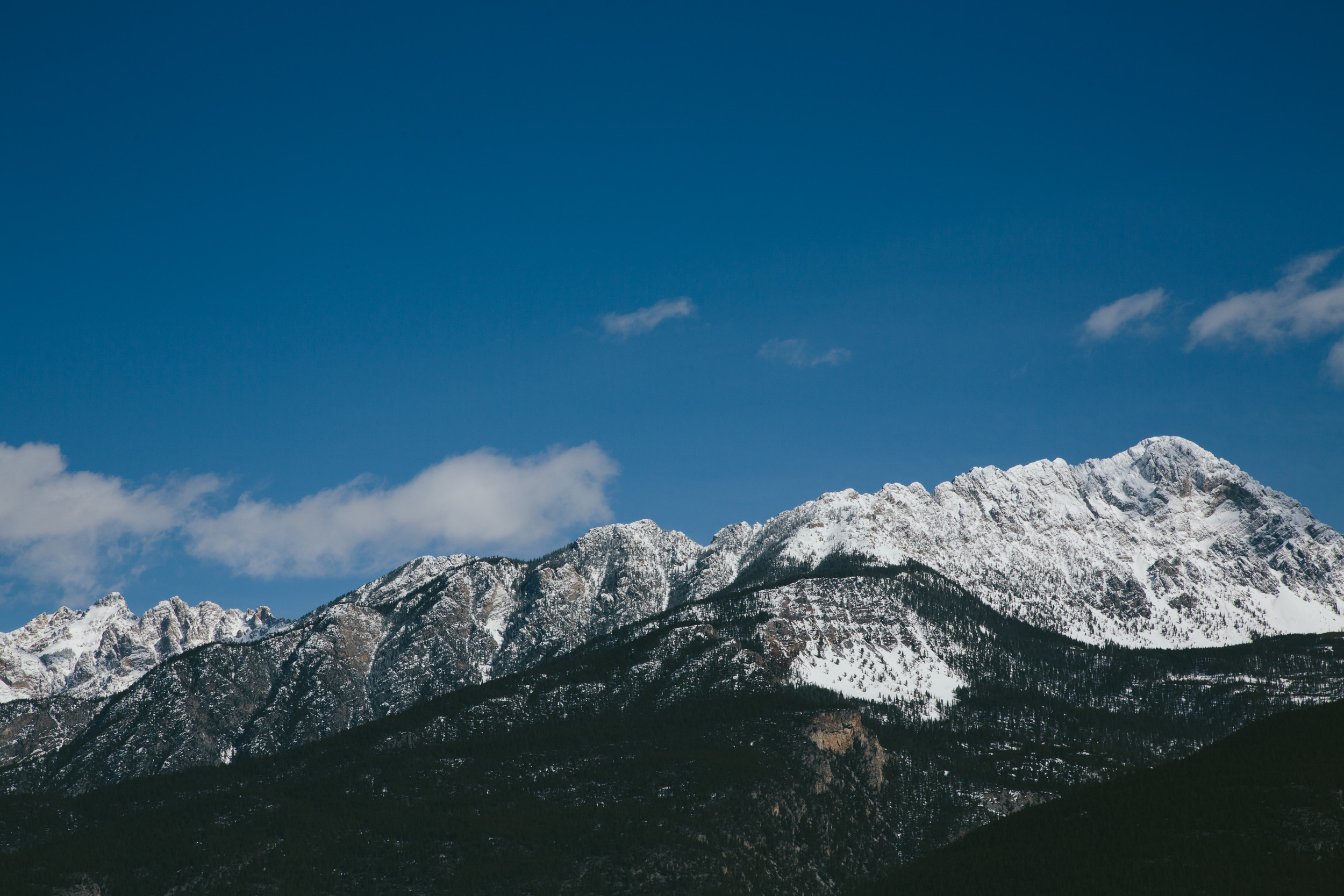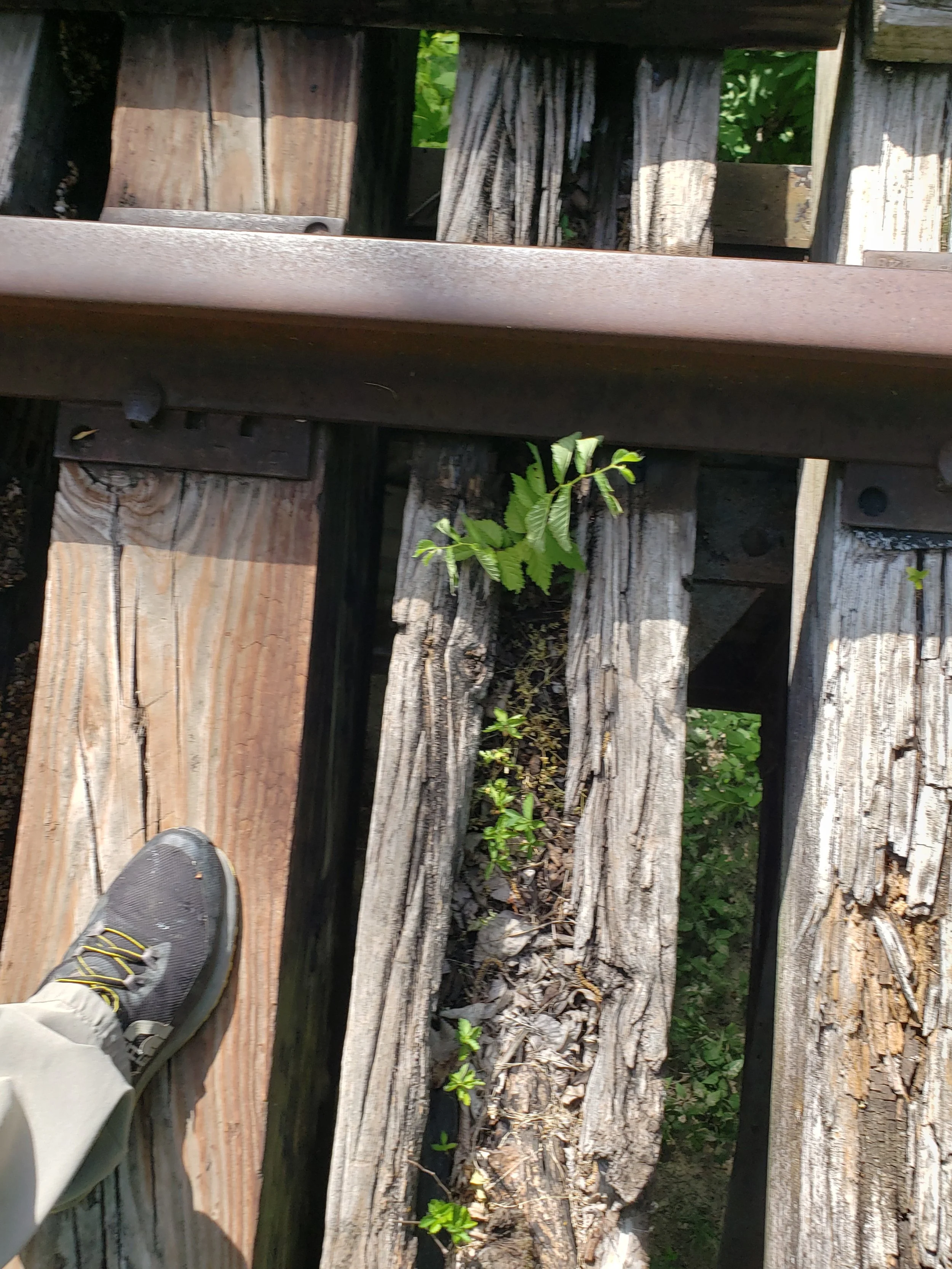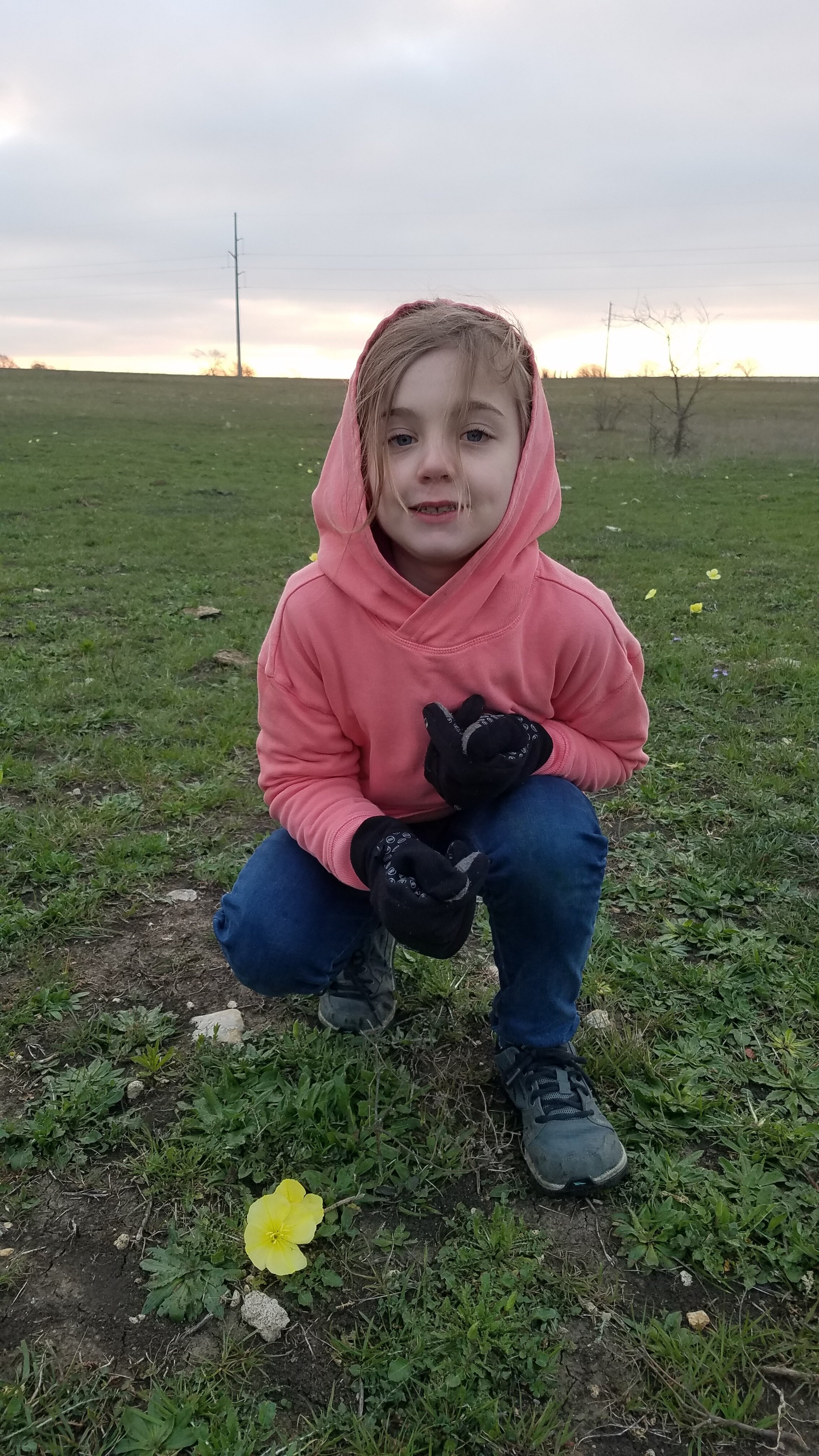Finding good, outdoor rock climbing in Texas is hard. There’s Mineral Wells. There’s Paradise on the Brazos. There’s Ham Creek Park where Jim Day and his posse brave poison ivy and crumbling limestone to map out new routes on chossy rock. But where can you climb after a day at the office in Dallas? I thought I might have found the answer in the Plano Pyramids.
The Plano Pyramids are forgotten climbing spot popular in the 80s. They are railroad trestles of a century-old railway that connected Dallas to Sherwood Shores on the Red River, the boundary with Oklahoma. As the tracks approach Dallas, they go right along 75. Rotting and overgrown, they are not maintained, but the treated timber persists, and in the shady woods, some of the railroad ties are impressively intact and still leaking tar. Somewhere in those woods, the tracks went over a bridge, and the trestles purportedly offered some climbing challenges. I had to find them and see for myself.
It took me much quality time with Google Maps satellite images and two attempts to find them. To get to them, you park by misnamed “Courses at Watters Creek” golf driving range (there is no Watters Creek in the area) and follow the bike path under 75. Once on the other side of the highway, you continue until you come to a scenic tunnel. The railroad tracks go right over the tunnel, so climb the embankment and head south (to the right). Just when you start to get used to the hike along the tracks in the lush, shady foliage, you find yourself walking twenty and then thirty feet above the ground as the tracks pop out over Rowlett Creek. It was a very pretty view, but I had to be mindful to stay on the ties as the spacing between them plunged 30 feet to the creek below. Additionally, the fallen crowns of tall trees have fallen on the tracks, necessitating simultaneous weaving between these additional obstacles.
Once I crossed to the other side, I took assessment of the situation, and climbed down the side of each trestle, one on either side of the creek. To my dismay, the walls of the trestles had been freshly coated in graffiti, some of which was not PG. Every inch, it seemed, was covered in paint. Once the paint dries completely, however, there are some distinct climbing possibilities. One could use the tracks above as a toprope anchor, and there are some challenging but doable routes. Still, I’d prefer not to climb on what will inevitably become dried paint, which has the smell that reminds me of old highschool classrooms. One of the things that love about climbing Texas limestone in Mineral Wells and Paradise on the Brazos is the way my hands and arms smell of oak and lichen afterwards. I’d rather they not smell of eau de locker room.
As it became time to leave, I, mildly enthusiastic about the find, did a small climb up an easy route. (I had on only running shoes) I had to throw my left forearm over the ledge, press it into the ground and hoist myself the rest of the way. The pebbles on the ground dug into my arm. On the ledge above me a wall of poison ivy oozed its silent menace onto ledge I had just climbed. Was it my imagination, or did my arm feel funny? No matter, I might get a little something, but I grew up in Virginia where getting a little poison ivy in the summer was to be expected. I never reacted much to it—I usually could get through fields of poison ivy with minimal harm.
Well, this was different. Despite showering when I got home, in three days I was an itchy mess. The open sores of poison ivy are not contagious; it is actually the invisible poison ivy oil which is difficult to remove that spreads the reaction. It slowly spread down my body although it diluted as it did so, so the rashes on my abdomen and legs were not as bad as my arm. Unfortunately, I spread it to my wife. She reacted to it secondhand much worse than I did firsthand, needing to slather on anti-itch creams for a couple weeks.
So….do I recommend the Plano Pyramids? I do, actually, as it’s a lovely forest oasis in an urban wasteland. But between the poison ivy and the paint smell, I give it two thumbs down for climbing. But maybe you need to see for yourself….













































































































